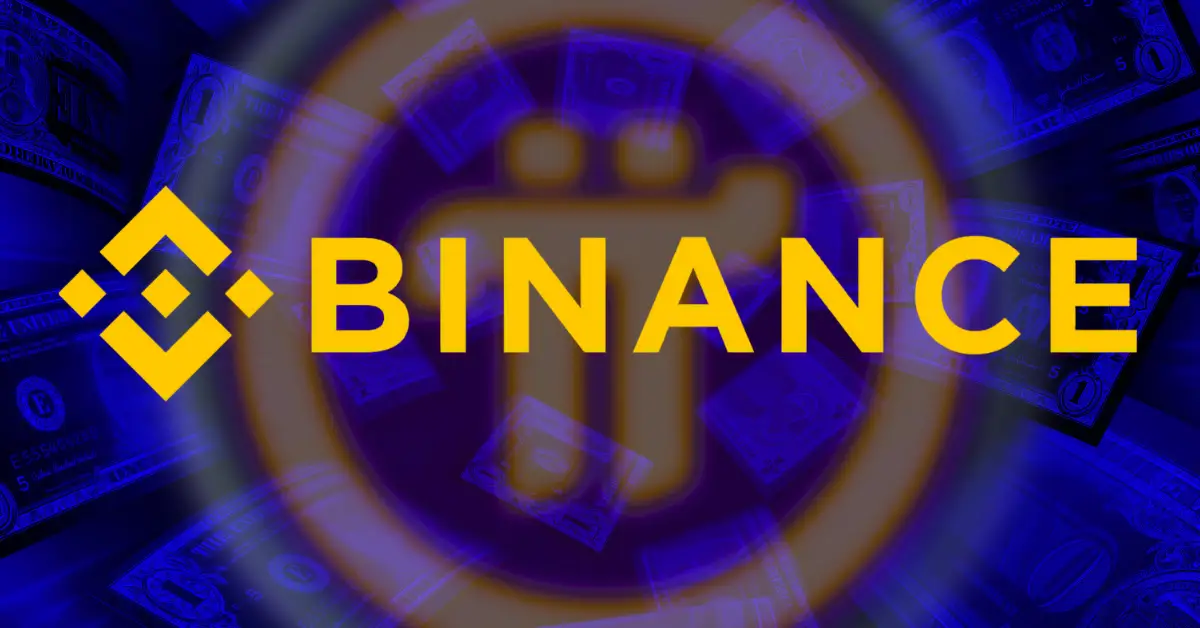
The Great Binance Purge: When Crypto Exchanges Play God (And Your Portfolio Pays the Price)
Dude, grab your detective hats—we’ve got a crypto mystery on our hands. Binance, the behemoth of crypto exchanges, just dropped a bombshell: a mass delisting spree that’s got traders scrambling like seagulls at a french fry stand. Seriously, if your portfolio includes any of the 14 altcoins getting the boot—BADGER, BAL, BETA, and crew—you’d better start sweating. But this isn’t just a spring cleaning; it’s a full-blown *trial by fire* for tokens that failed Binance’s vibe check. Let’s break it down before your holdings vanish faster than a Black Friday doorbuster.
—
The Delisting Drama: Who Made the Hit List?
Binance’s “Vote to Delist” initiative sounds democratic—until you realize it’s like letting Twitter polls decide your fate. On April 16, 2025, 14 altcoins get the axe, including niche darlings like FIRO and VIDT. Why? Officially, they flunked Binance’s “high standards.” Unofficially? Low liquidity, sketchy project updates, or just plain irrelevance. The kicker? Users had to *pay to vote* (0.01 BNB minimum), turning this into a pay-to-play purity test.
And it doesn’t stop there. Come May 9, spot pairs like ANIME/BNB and STRK/BTC get yeeted too. Binance claims it’s all about “market quality,” but let’s be real: this is the crypto equivalent of a nightclub bouncer tossing out anyone who can’t afford bottle service. Pro tip: If your altcoin’s trading volume looks like a flatline ECG, start drafting its eulogy.
—
Network Freezes: When Upgrades Feel Like Hostage Situations
Ever tried withdrawing crypto only to hit a “temporarily suspended” wall? Binance’s latest network pauses—Ethereum for its hard fork, SYS for upgrades—are like your bank saying, “Oops, we’re closed for renovations.” Sure, they’re *technically* for your own good (smooth upgrades, blah blah), but timing is everything. Need ETH to pay rent during the freeze? Tough luck.
These suspensions reveal a harsh truth: centralized exchanges hold the keys to *your* assets. Want decentralization? Too bad—Binance’s “maintenance mode” is a reminder that in crypto, you’re only as free as your platform’s whims.
—
The Monero Massacre and Other Casualties
Here’s where things get spicy. Binance’s delisting of privacy coin Monero (XMR) isn’t just about “quality control”—it’s a capitulation to regulatory pressure. Governments hate untraceable coins, and exchanges love staying on their good side. RIP financial privacy. Meanwhile, tokens like ALPACA and WING got the boot for the usual suspects: low volume, dead communities, or just being *uncool* in Binance’s eyes.
But here’s the twist: every delisting is a self-fulfilling prophecy. The moment Binance dumps a token, its price tanks, liquidity evaporates, and—surprise!—it *becomes* a “low-quality project.” It’s like kicking someone off a lifeboat and then blaming them for drowning.
—
The Verdict: Survival of the Fittest (Or the Most Obedient)
Let’s not sugarcoat it: Binance’s purge is a power move disguised as housekeeping. By controlling which tokens survive, they’re shaping the crypto ecosystem in their image—centralized, compliant, and ruthlessly efficient. For traders, the lesson is clear: diversify outside Binance, or risk becoming collateral damage in their quest for “quality.”
And hey, if your favorite altcoin got axed? Take it from a thrift-store addict: sometimes the best gems are found off the beaten path. Just maybe avoid the ones Binance just threw in the dumpster.
